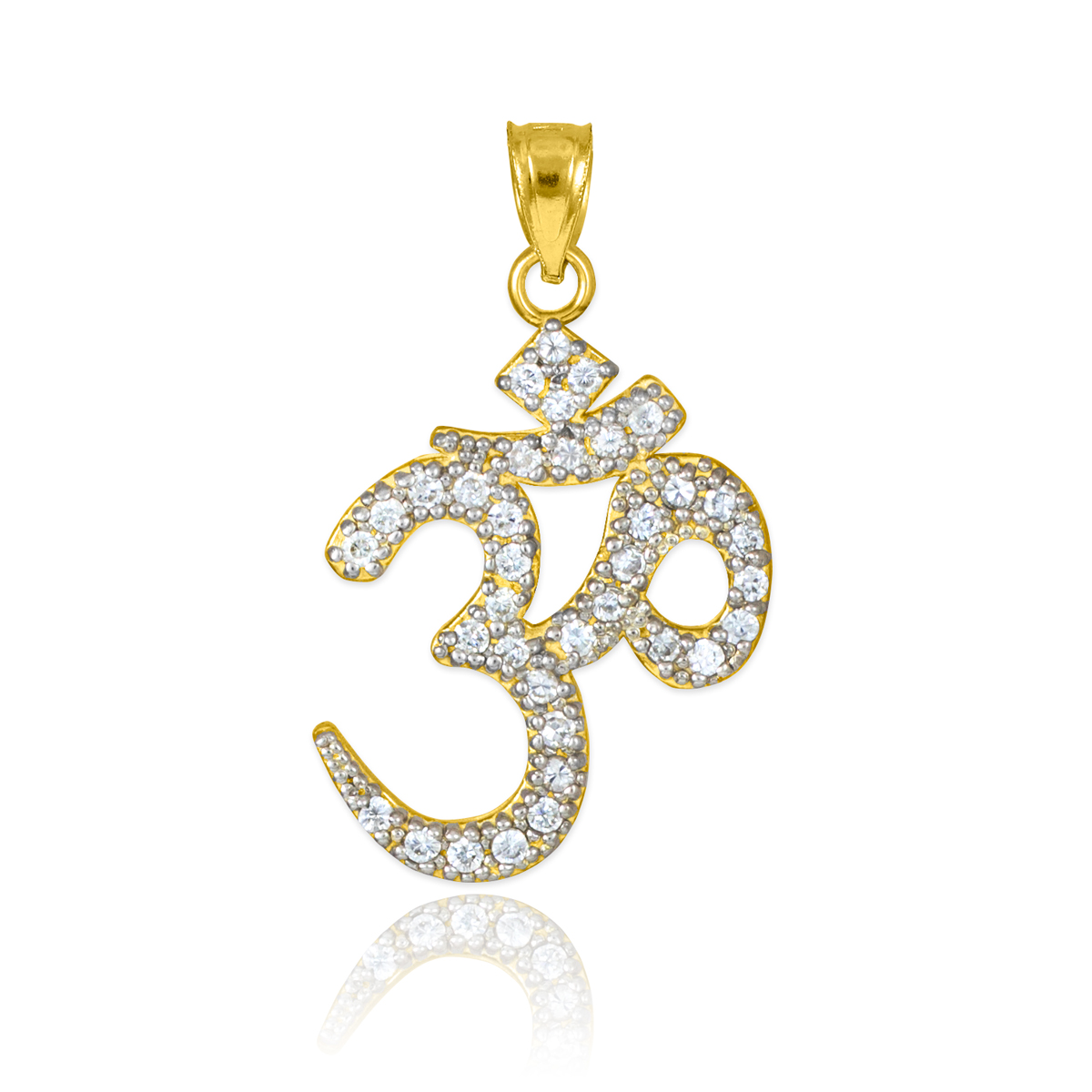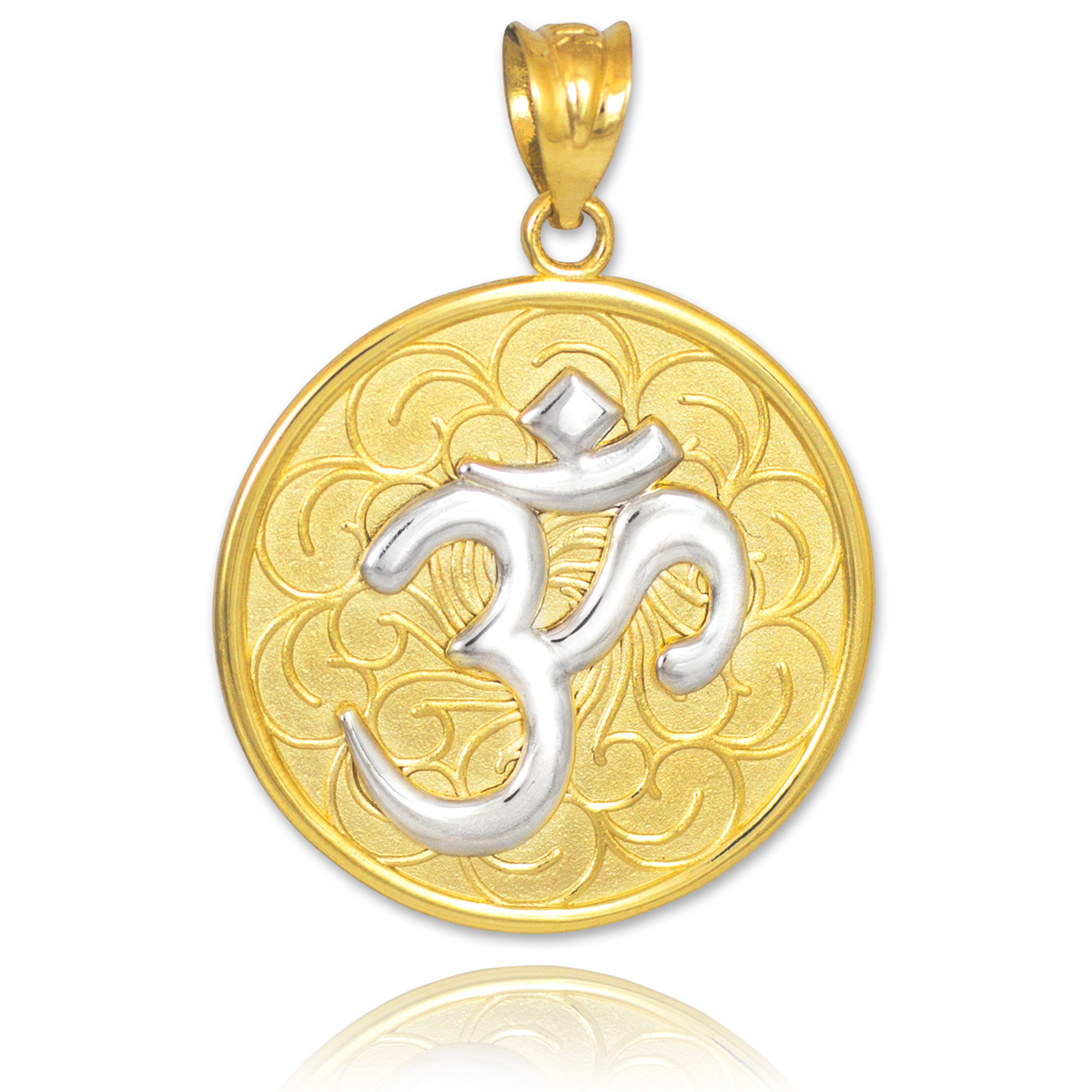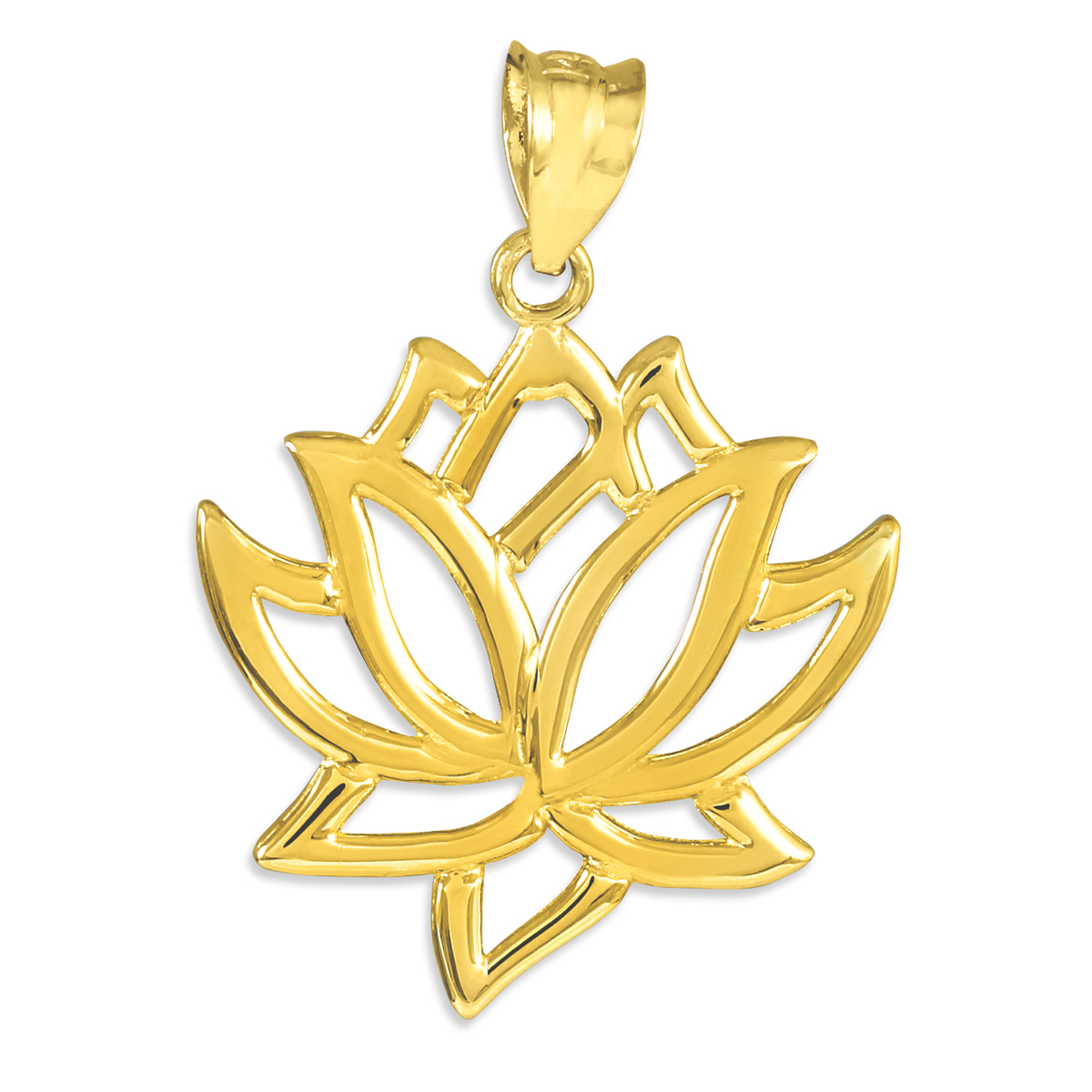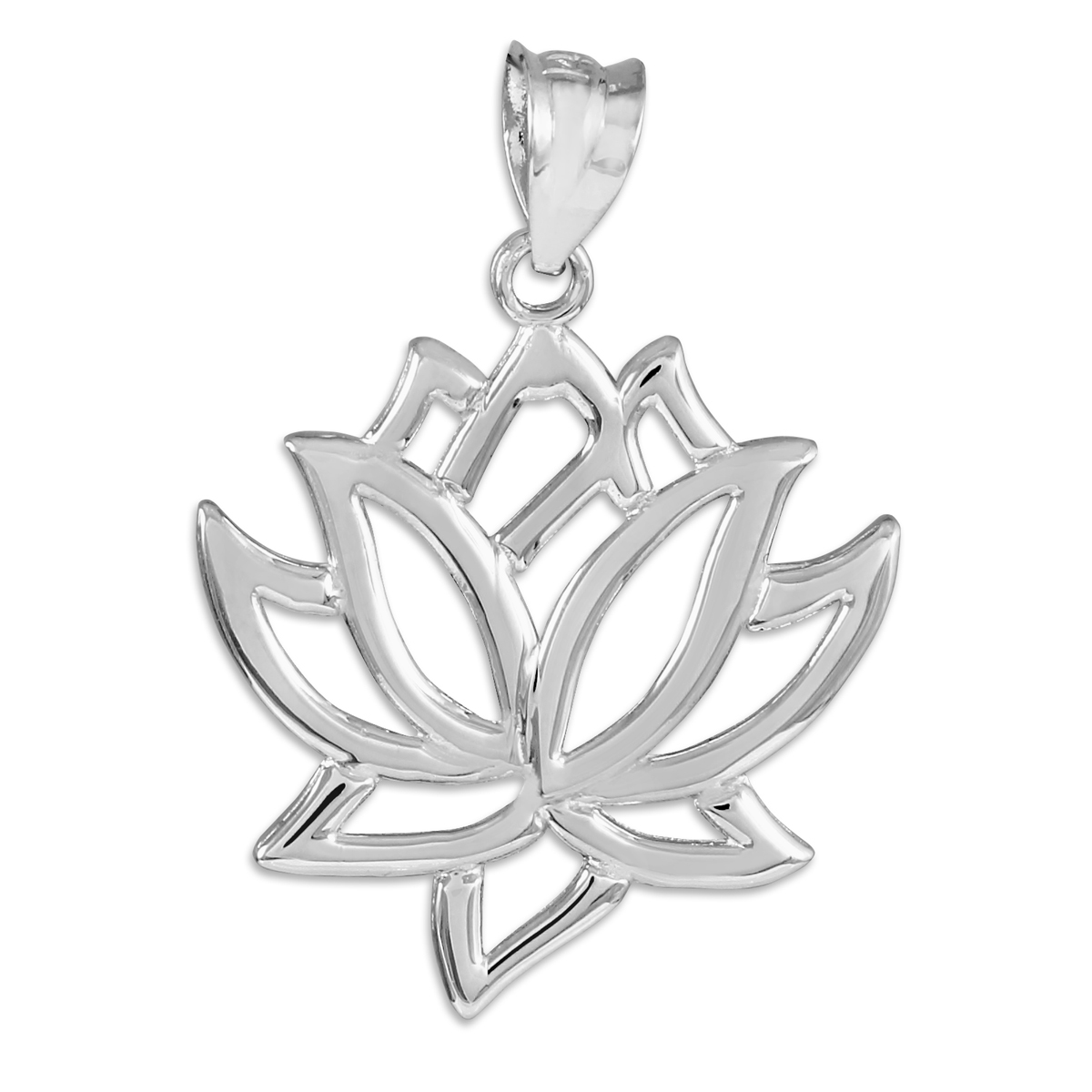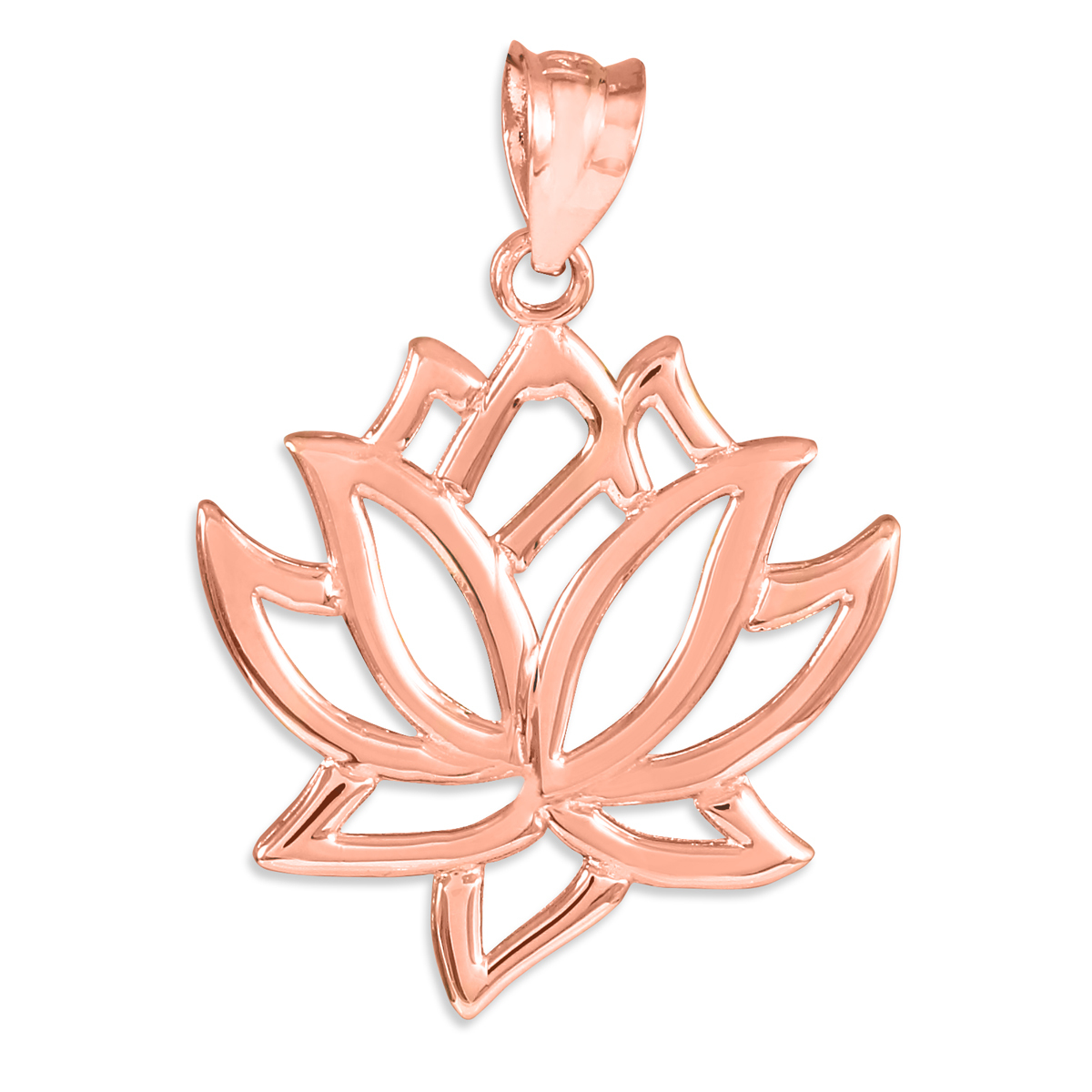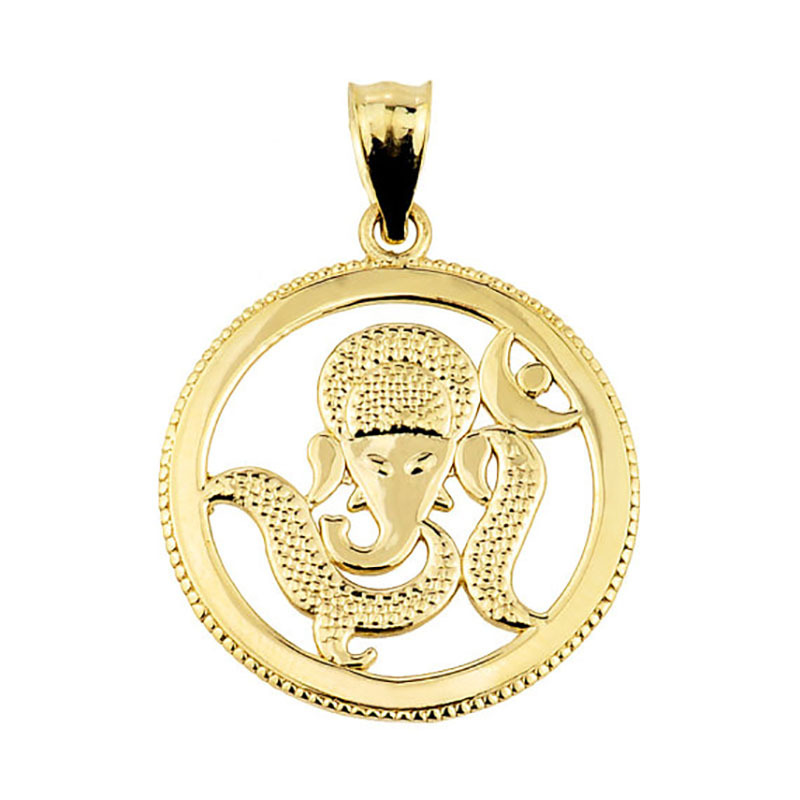
OM
‘Om’ is a mantra and a mystical Sanskrit sound from the Hindu origins. The syllable ‘Om’ is described as a ubiquitous mystical entity in Hindu culture. Today, in Hindu communities all over the world, the ‘Om’ symbol is a common sign displayed everywhere – reflecting its dense philosophies and theologies. The meaning of the ‘Om’ symbol can be described in many ways. Some talk about the sound and what it reflects, and others the symbolism behind it: Simply put - it is a very deep and meaningful symbol that reflects a physical sound.
According to the Mandukya Upanished, "Om is the one eternal syllable of which all that exists is but the development. The past, the present, and the future are all included in this one sound, and all that exists beyond the three forms of time is also implied in it”.
Hindus, specifically, believe that as a creation began, the divine, ubiquitous consciousness took the form of the first and original vibration that manifests the ‘Om’ sound. The vibration of ‘Om’ also symbolizes the manifestation of God in physical sound and form. ‘Om’ is a reflection of the reality we live in and embracing the beginning and end of all that exists.
LOTUS FLOWER
Anyone who has ever looked at a lotus flower emerging from a murky pond will immediately be able to see the beauty of this superb plant. The flower always looks so clean and pure against the background of the dirty pond. Because of this the lotus flower has come to be associated with purity and beauty in the religions of Buddhism and Hinduism correspondingly; the ancient Egyptians scholars observed that in the night-time the lotus closed its flowers and sank into the water, and came up with a different association with the flower related to rebirth and the Sun; in actual fact the Lotus slowly emerges from a pond over a three day period and then blooms in the morning until mid-afternoon.
We are all like the lotus flower - many of us live in that murky water, and never make it to the surface so we can blossom. Many of us are close; we are just buds, ready and eager to feel the sunshine of life on our skin. No matter which stage of life you are on, I’m sure you can relate to this lotus and see yourself in this story. The conditions that produce beautiful life are not always ideal, but that never stops the lotus from rising through adversity, opening its petals, and blossoming in the sun.
GANESHA
In his four hands, Lord Ganesha holds an axe, a rope, a modak(sweetened rice ball) and a lotus. The axe represents the annihilation of desire with the axe of spirituality. The rope is spiritual knowledge which helps us to remove ourselves from the samsara, material world that we are rooted in. The modak symbolizes the happiness and joy a seeker derives from the spiritual pursuit. And the lotus stands for that Divine state of Self-Realization that every human being aspires for, consciously or unconsciously. The lotus sustains itself in dirty ponds but yet is above it all. Similarly, a person of Perfection can live in the world, enjoy life and yet be above it all by identifying with the Self.
The occasion of Ganesh Chaturthi gives us, as spiritual aspirants, an opportunity to remember what Lord Ganesha stands for. A chance to reignite ourselves in our ultimate search for Divinity. The beloved elephant-faced-Deity has intrigued thinking men all over the world, all through the ages even unto the present day. The sacred texts give a variety of stories narrating the sequence of Ganesha's birth.






